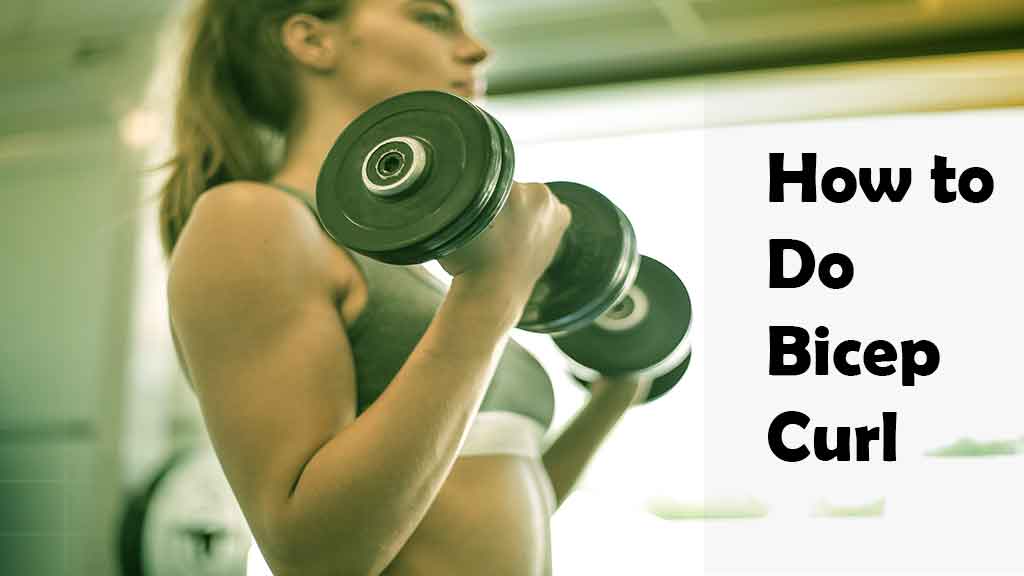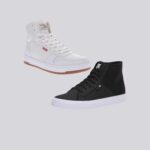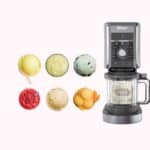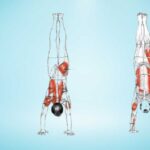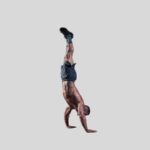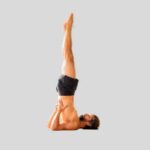Bicep curl, a highly sought-after exercise for building arm strength and definition, are frequently incorporated by weightlifting enthusiasts to attain the goal of having strong, visually large biceps.
Table of Contents
Whether a beginner or an experienced lifter, bicep curls are a crucial exercise that should be a part of one’s regimen. This comprehensive guide outlines everything necessary to know about performing bicep curls correctly, including the equipment needed, proper form, variations, and tips for maximum results.
Our articles are reviewed by professionals to ensure accuracy of the content.
How to Do Bicep Curl: A Guide to Do It in the Right Way

Maintaining proper form is crucial in ensuring that you are targeting the correct muscles and avoiding injury. It is important to focus on form throughout the entire movement and make any necessary adjustments. Neglecting proper form can lead to ineffective exercise and increase the risk of injury. Therefore, it is imperative to prioritize proper form when performing bicep curls for optimal results and to prevent injury.
Equipment Needed
Dumbbells, which are used in weight training, individually or in pairs, are weights used without exercise machines. It is available in a variety of weight sizes hence it is appropriate for both novice and experienced weightlifters.
Barbells is a bar with adjustable weighted disks attached to each end. It is used for exercise and in weight lifting. It is for heavier weightlifting than dumbbells and requires a higher degree of stability and balance as compared to dumbbells. Therefore, it is advised to start with light weights until proficiency in its movement has been achieved.
Variations of Bicep Curls
Variations that target different muscle fibers can be performed with different equipment. A few examples include:
Dumbbell: This fundamental variation involves working each arm individually with the use of dumbbells.
Barbell: This variation involves the utilization of a barbell, which calls for more stability and balance due to its length being greater than that of a dumbbell.
Hammer: Done with the use of dumbbells, these curls target not only the biceps but also the brachioradialis muscle. The curl is performed by holding the dumbbells with a neutral grip (palms facing each other) in the same way as a regular bicep curl.
Concentration: A single dumbbell is used for this variation, which isolates the biceps and puts more emphasis on the muscle. The curl is performed while sitting on the edge of a bench with feet flat on the floor, resting the elbow of the arm holding the dumbbell on the inside of the thigh while keeping the upper arm still throughout the movement.
Resistance Band: This variation involves using a resistance band, which is looped around the feet and the ends are held in each hand, with feet shoulder-width apart. The curl is then performed as with dumbbells or barbells.
Preacher Curls: These curls are performed using a preacher curl bench, which has an adjustable pad that supports the arm during the movement. The arm is placed on the bench and the weight is held with the palm facing upward, then curled towards the shoulder while keeping the upper arm stationary on the bench.
How to do Bicep Curl correctly:
- Stand with feet shoulder-width apart
- Hold weights in hands with palms facing forward
- Keep elbows close to sides and engage core for stability
- Exhale and curl weights towards shoulders, keeping elbows stationary
- Pause at top of movement, then inhale and lower weights back to starting position
- Maintain proper form to target correct muscles and avoid injury
- Avoid swinging weights or using momentum
- Focus on contraction of biceps as you curl the weights.
Tips for Optimal Results to be Acquired
To ensure that the most is gained from bicep curls and optimal results are achieved, the following tips should be kept in consideration:
Warming up before exercising is a vital aspect: To prevent any harm and make certain that the muscles are ready to work, it is important to carry out a warm-up session before exercising. A few minutes of light cardio and dynamic stretching to promote blood flow and warm up the muscles should be performed.
Proper form must be maintained: To target the right muscles and avoid any injury, the maintenance of proper form is crucial. The entire movement must be performed while keeping proper form in mind and making any required adjustments.
Gradual increase in weight: To prevent injury and challenge the muscles, it is crucial to increment the weight gradually over time. Lighter weights should be started with and as strength and stability are built, heavier weights can be progressed to.
Different variations must be incorporated: To target diverse muscle fibers and avoid monotony, it is important to incorporate various variations of bicep curls into the routine. Different variations can be tried and the ones that suit you best can be selected.
Quality over quantity should be focused on: Instead of focusing on the number of reps and sets, the quality of each rep should be given priority. Ensure that proper form is being used and the biceps are engaged throughout the entire movement.
Related Article: 7 Reasons: Why Aren’t My Arms Growing
A Word from Blogzah
Regardless of whether resistance bands, dumbbells, or barbells are selected, proper form and a variety of exercises are essential for achieving optimal results. Adding bicep curls into your workout routine with lighter weight, gradually increasing weight, paying attention to form, and incorporating different variations will lead to the development of stronger and more defined arms. Warm up should always be done before the commencement of exercising. Always take advice from a professional trainer or physical therapist before a new exercise routine to avoid any harm and to attain strong and defined arms.
References
Effect of the shoulder position on the biceps brachii emg in different dumbbell curls

